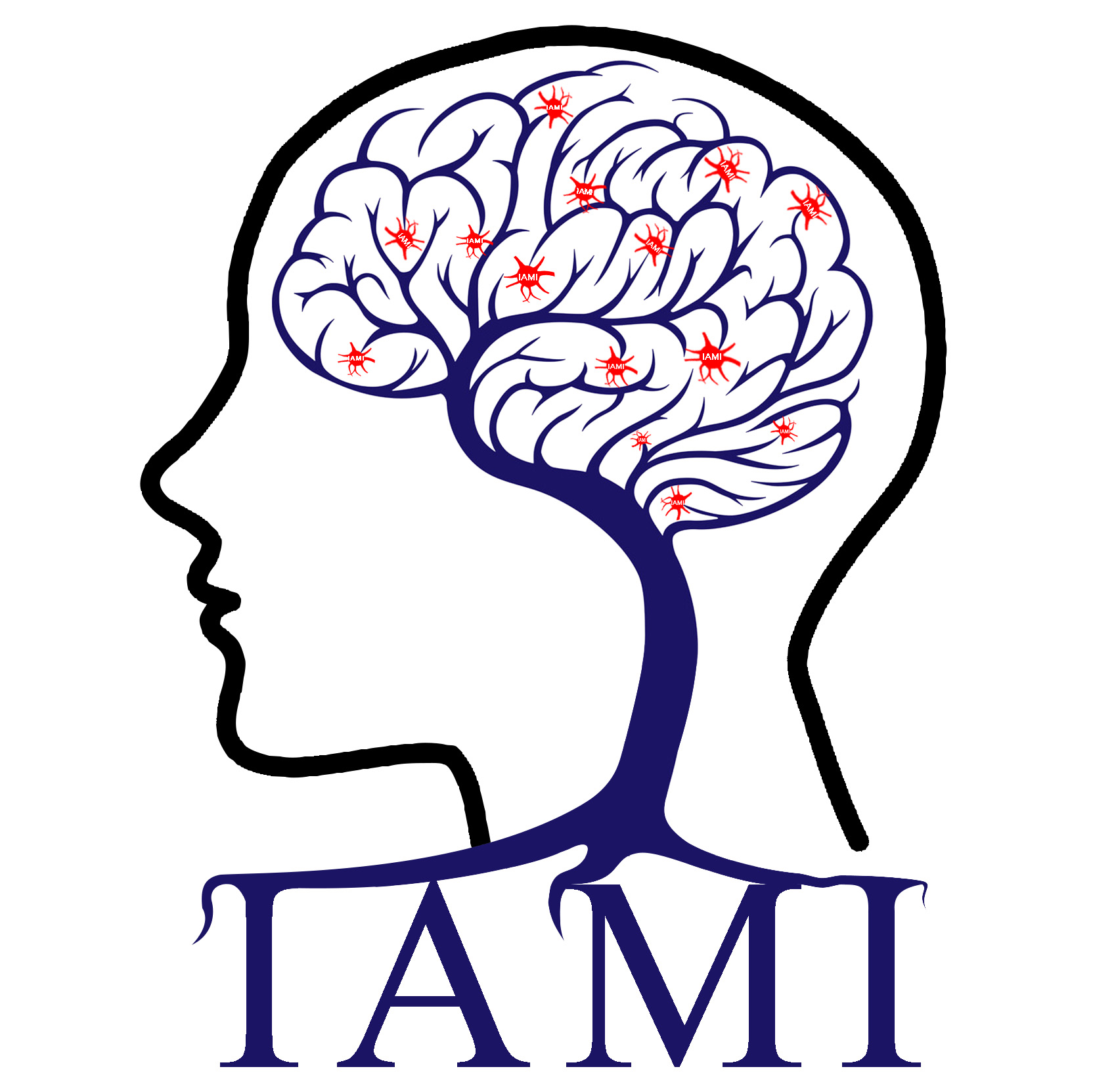
Yuhui Du Personal Website-Intelligent Analysis of Medical Image
Address:Taiyuan, China
Anees Abrol*, Manish Bhattarai, Alex Fedorov, Yuhui Du, Sergey Plis, Vince Calhoun. Deep residual learning for neuroimaging: An application to predict progression to alzheimer’s disease. Journal of Neuroscience Methods, 2020: 108701.
时间:2020-06-19 22:50:57 来源: 点击:[1296]
Abstract
This work investigates the suitability of deep residual neural networks (ResNets) for studying neuroimaging data in the specific application of predicting progression from mild cognitive impairment (MCI) to Alzheimer’s disease (AD). We focus on predicting the subset of MCI individuals that would progress to AD within three years (progressive MCI) and the subset of MCI individuals that do not progress to AD within this period (stable MCI). This prediction was conducted first as a standard binary classification task by training a ResNet architecture using MCI individuals only, followed by a modified domain transfer learning version that additionally trained on the AD and cognitively normal (CN) individuals. For this modified inter-MCI classification task, the ResNet architecture achieved better than state-of-the-art performance in predicting progression to AD using structural MRI data alone (> 7% than the second best performing method), within 1% of the state-of-the-art performance considering learning using multiple structural modalities as well, and a significant performance improvement over the classical support vector machine learning framework (p = 2.5762×10-8). The learnt surrogate (i.e. cross-validation-fold-specific) models and the final predictive model (trained on all data) in this modified classification task showed highly similar peak activations, significant correspondence of which in the medial temporal lobe and other areas could be established with previous reports in AD literature, thus further validating our findings. Our results highlight the possibility of early identification of modifiable risk factors for understanding progression to AD using similar advanced deep learning architectures.

 Current location:
Current location: